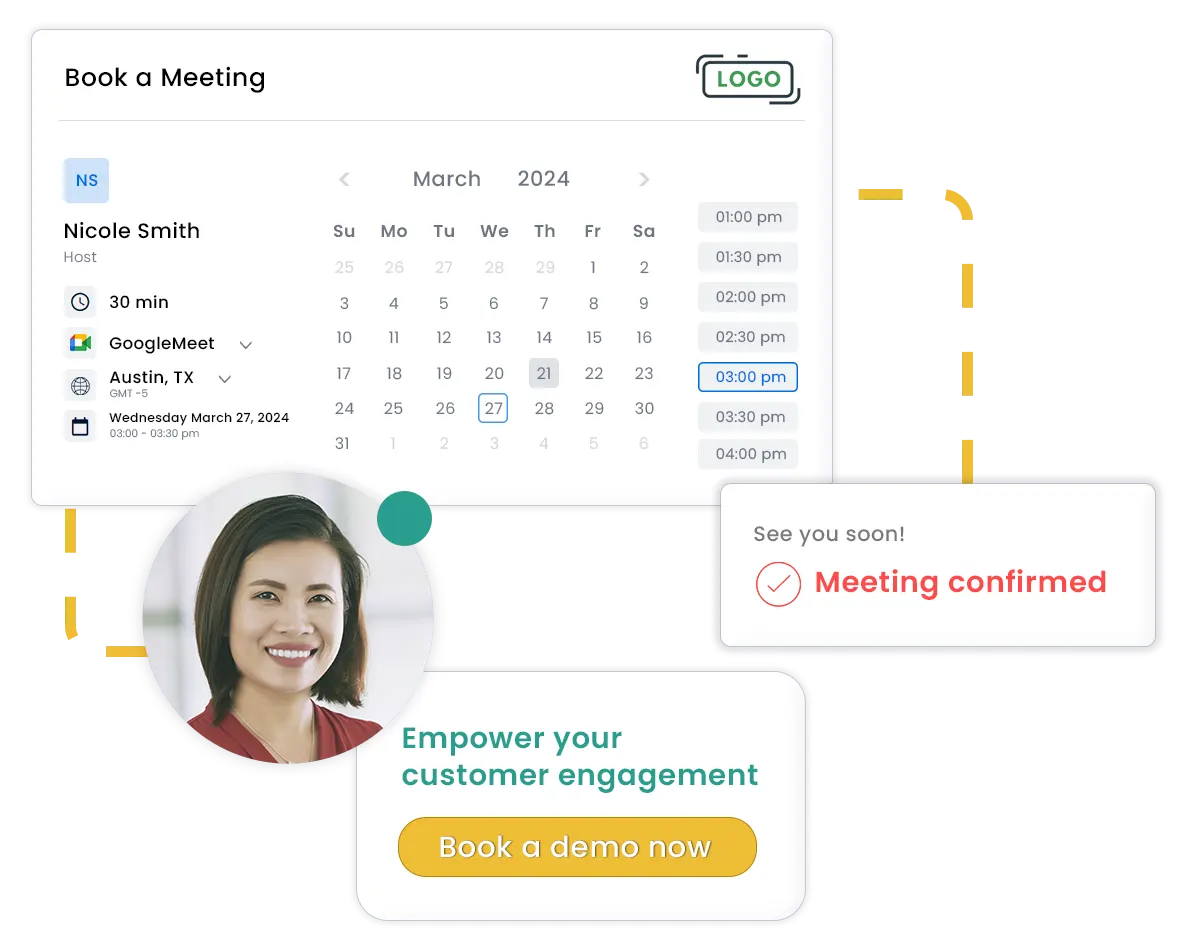SUMO is the only online scheduling solution built 100% native on the Salesforce® platform, which we firmly believe has serious advantages you should consider. This article aims to outline:
- What is a native, false native, and non-native application?
- What are the risks of a solution that is not native?
- What are the benefits of native?
Native
This means the app runs on the same the platform you are using. You have access to a data warehouse in the cloud that you can access with business intelligence software running as a service. It’s a plug and play set-up so no additional work or expense is required, outside of the native setup.
False Native
This is why you really need to dig into the back-end. There are applications that can be labeled native but are actually not built 100% native on the Salesforce® platform. With a false native application, there’s only a percentage of the app you are using to access your data that is claiming to be built native on a platform. In this scenario, native is a misleading label.
Non-Native
Your data gets shipped in and out your Salesforce® org to your non-native solution as it lives outside of the Salesforce® platform. There is also additional setup and assembly required in a non-native solution.
Risks of False-Native -and- Non-Native Apps
There are a number of risks you inherit when adopting a false-native or non-native scheduling solution. You should investigate the following:
1. Data Privacy, Security, & Speed Risk
Is your data 100% stored, processed, administrated, and accessed in Salesforce®?
A FALSE NATIVE or NON-NATIVE solution means your data does NOT fully live in Salesforce®. This type of app provides a user interface in Salesforce, but your data may be stored, processed, administrated, and / or accessed in another system. This poses a data privacy, data security, and data speed risk.
2. Compliance Risk
A FALSE NATIVE or NON-NATIVE solution means your security is compromised and the solution does not inherit the Salesforce® platform comprehensive privacy and security assessments and certifications performed by multiple third parties.
3. Administration Risk
Can your Salesforce® Administrator operate 100% of the necessary configurations from within Salesforce®?
A FALSE NATIVE or NON-NATIVE solution requires you to make some configurations in Salesforce® and login to another system to make other configurations, so now your staff must manage the application in two places. This also poses a security risk, since the application does not rely on Salesforce user provisioning, profile, and sharing controls. Worse yet, some require you to file a case to make configuration changes and you can not even make them yourself.
4. User Adoption Risk
Does the user interface look exactly like Salesforce®?
A FALSE NATIVE or NON-NATIVE solution often means the application is embedded inside of Salesforce®, but does not have the same Salesforce® Classic or Lightning look and feel, which confused the users, hurting user adoption.
Benefits of Native
Now that you understand the risks in adopting a false-native or non-native solution, it’s easy to understand the benefits of using a truly Salesforce® NATIVE application:
1. Your data is SECURE.
A native app has a single data location: the Salesforce® cloud. The Salesforce® platform employs bank grade security with SAS70 compliance. Sharing one location with Salesforce® means you have full control to ensure your customer info and appointment data reside in the cloud. The need to connect to a 3rd party API to access your data is eliminated, so data loss between databases is avoided. Native applications use the same Salesforce security model, eliminating the need to manage multiple security policies and procedures across enterprise systems.
2. Your data is PRIVATE.
Since your data resides in one database (Salesforce®), your data is private and you have full control of it. You may learn more about how SUMO offers GDPR Compliance Tools here.
3. Accessing your data is lightning FAST.
This single data source solution also helps increase the speed of accessing data or generating reports because there is no delay from the data making trips back and forth from the database.
4. Your data is always up and running.
Salesforce® has invested over a $100,000,000 into their cloud infrastructure, making it geographically distributed, monitored 24/7, and ultimately enabling true 99.9% uptime. As a native salesforce platform application, our applications (and your data) inherit all the benefits of the considerable investments made by salesforce.com in infrastructure, data management, controls, security and certifications including Truste and ISO 27001.
5. A native app leverages your investment in Salesforce®.
Installing updates and upgrades is minimal, because they are all completed in one place, instantly available through a native application. It’s easy to integrate them as they are all built on Salesforce®.
6. Administration is immediate.
Your Salesforce Administrator or IT Department can easily administrate a native solution, since all of the user and application settings are in Salesforce.
7. User adoption is assured.
Your new software investment is worthless if the users do not adopt it. A native solution should run 100% inside the Salesforce solutions (Sales Cloud, Service Cloud, Salesforce Console, Communities, and more) and looks exactly like Salesforce, so user adoption is not a risk.
In closing, the above key points, along with the structure of the application, are important things to consider as you look for tools to help add value to your organization or your Salesforce® investment.




